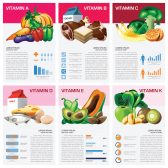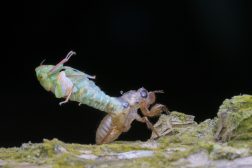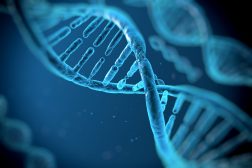Definition
noun, plural: ultradian rhythms
A biological rhythm that is repeated throughout a 24-hour circadian day and therefore has a shorter period and higher frequency than a circadian rhythm
Supplement
Biological rhythms pertain to the synchronized cyclic pattern demonstrated by an organism as its response to a particular stimulus. Biological clock that synchronizes with biological rhythm may be endogenous or exogenous. An endogenous type is one in which the internal biological clock is the one that controls it. An exogenous type is one that which involves an external cue (i.e. zeitgeber). There are the different types of biological rhythms: circadian rhythms, diurnal rhythms, ultradian rhythms, and infradian rhythms.1
An ultradian rhythm has a shorter period and higher frequency than a circadian rhythm. The cycle is repeated throughout a 24-hour circadian day. This is in contrast to the infradian rhythm wherein the recurrent period occurs longer than a day. In ultradian rhythm, the cycle has a period shorter than a day but longer than an hour.2 Examples of ultradian rhythms are blood circulation, pulse, heart rate, thermoregulation, blinking, micturition, appetite, arousal, etc.
See also:
- biological rhythm
- circadian rhythm
Reference(s):
1 Hedge, A. (2013). Biological Rhythms. Retrieved from ://ergo.human.cornell.edu/studentdownloads/dea3250pdfs/biorhythms.pdf
2 “Ultradian, adj.” Oxford English Dictionary. Retrieved from ://www.oed.com.







